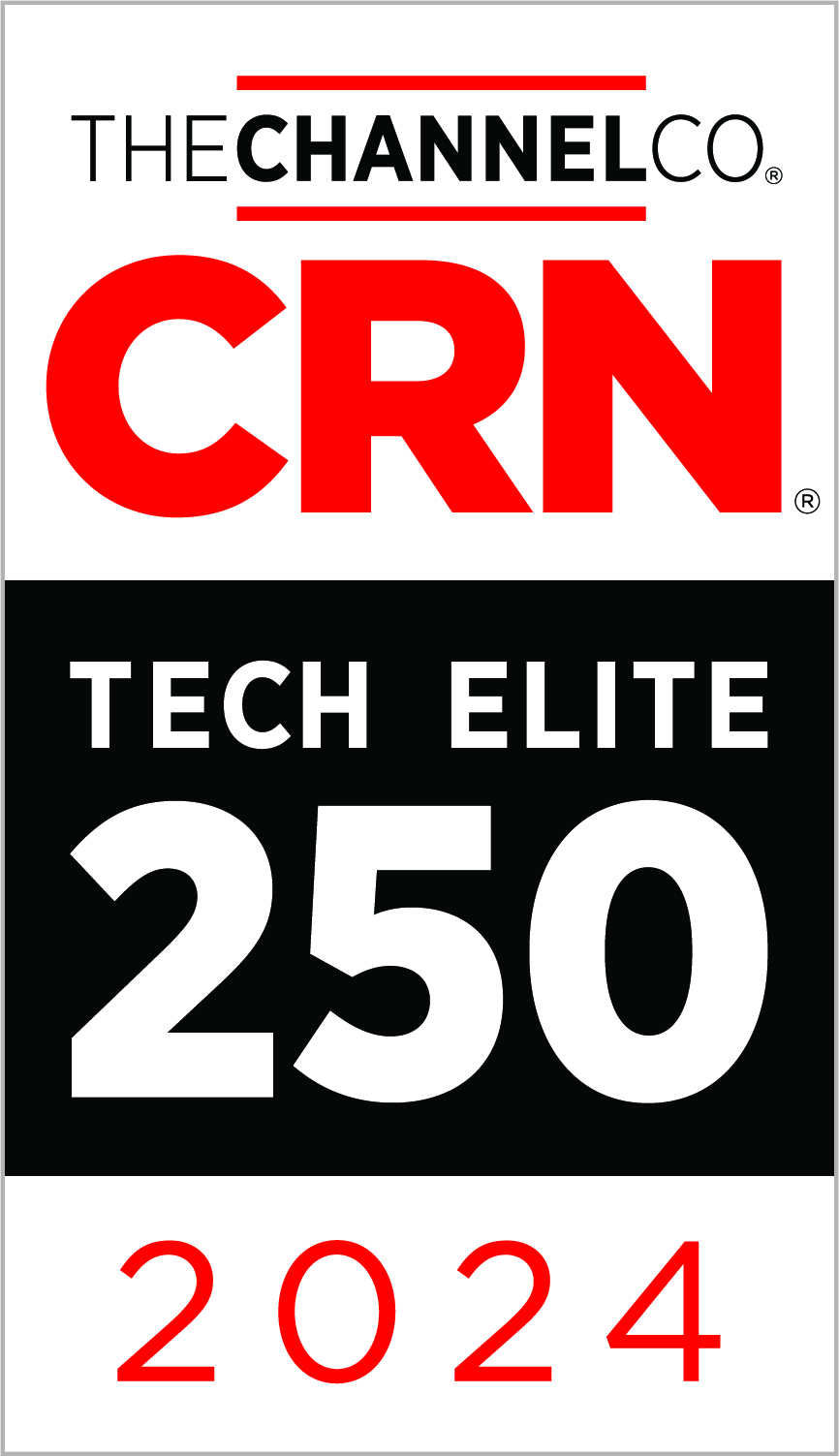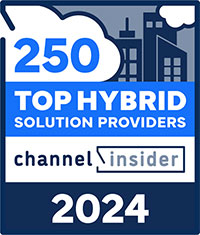Network Access Control (NAC)

Network Access Control (NAC) – keeping the devices and users where they belong.
I work in a lot of network environments and I see a lot of different approaches to security and networking. One constant I have found is that all IT professionals struggle to adequately identify and secure the devices that may be on their network. Aside from having insane levels of security and prohibitive onboarding practices for devices, it is almost impossible to dynamically assign network access without the use of a network access control solution. I will dive into the basics with my mostly vendor agnostic explanation.
What a NAC is.
At the most fundamental level, network access control systems are designed to help identify devices and users on your network and then do something with the identification. The solution often integrates with most directory or identity providers. It can be used for authentication, authorization, and access. (AAA) The system can leverage hard-coded attributes of the user or device and enforce a security posture to them. The NAC can also leverage other components like how the device is connecting, where the devices are connecting from, and other more nuanced dynamic characteristics of the connectivity and identity.
What the system does with that information is the most important part. As an example, it is rare that every person in a business network should have the same access. However, it is not rare that many people in a department or division would have very comparable access or restrictions. Similarly, devices that are generally doing the same job likely require identical network access. If the NAC can leverage user attributes like department or division then it can use similar attributes for a device. It understands that an HVAC air handler requires the same access as was assigned to the other air handlers that share the same device attributes.
Enforcement Policies
With the use of what some vendors call roles with enforcement policies, one can automate the application of access based on identity. This allows for a scalable solution that can deliver the same application of security without the intervention of an administrator for every network connection. This concept is called role-based access.
I use the term application of security very loosely because each vendor accomplishes this task in different ways. Some will tunnel the user traffic to a firewall or wireless controller and apply stateful firewall policies to the user traffic. Others will change the network or VLAN the device is on so that the access is restricted to that network segment. Some rely on client-side software to enforce the application of a role assigned from the NAC.
Other helpful things a NAC can do
- Integrate with endpoint AV software to assess the vulnerability of a client and use that as an attribute for access.
- Apply the same security posture to both wired and wireless clients.
- Centralize the administration and logging for all AAA exchanges.
- Integrate with edge firewalls from Cisco, Palo Alto, Fortinet, and others
What a NAC is not
A network access control solution is not the panacea that will make all your aliments cease. NACs by themselves hold a great deal of machine learning potential. It does require some semblance of initial administration to create the logic by which they will apply the enforcement of policies from. They are not infallible. Like any computing system, they do need some TLC when first deployed. Once they are up and running, you can sleep easier at night knowing that there is an intelligent application of security for anything connecting to your network.
Here are a few other things they cannot do
- NACs are not meant for IP address management. I see a lot of people trying to use them as this and most are ill-suited for the task. Just because it has a record of the IP address does not mean it should be used as a database.
- They are not plug and play. No matter what the vendor tells you it will be a very involved deployment.
- Not every NAC integrates with every other product. Each vendor has their own special sauce that makes using their NAC with their equipment more appealing. Cisco, Aruba, FortiNet all have features that are only available when you are using their equipment with their NAC.
Use Cases
I would recommend a NAC to anyone who runs a network with more than 100 users. If we assume that each person will likely have three computing devices, then that is 300 end-user devices. Not all of them being corporate-owned and managed, we would need to delineate access for each user group and device type. We will then need to ascertain if we want to apply different security based on how the device/user connects or if the device presents a risk to the company. This sounds like a lot of work and it can be. But, the work would only need to be done one time if we were programming logic into a NAC solution.
Best application of NACs
- Securing wired ports – We all know that users will bring in devices from home to use so why not protect your environment from the inevitable.
- Wireless for everybody – Just because the device is connected to the same SSID as all the other devices, it does not have to mean that they have the same security applied or are on the same logical network.
- Dynamic logins for your most sensitive devices – Securing your switches, routers, and firewalls with Radius or TACACS+ is how you protect against getting hacked from the inside.
This is not meant as a comprehensive analysis of each of the major players in the marketplace. In fact, there are some decent open source and free NAC-like products out there that are relatively capable. Most of those do not support machine learning and cannot identify devices very well. However, they can provide authentication and authorization functions.
At the very least my hope was to impress upon anyone in the market that a NAC is a very necessary and essential component to your security arsenal. The days of having the same login for every switch and router are long behind us. Treating every user and device the same is also a thing of the past. If you desire the scalability that a network access solution provides, I suggest you reach out to your partner of choice. Inquire about what products they offer in this security space. Zunesis is available to help you find the right partner for your organization.
Categories
Search
Blog Categories
Related Resources
Archives
- July 2024
- June 2024
- May 2024
- April 2024
- March 2024
- January 2024
- October 2023
- September 2023
- August 2023
- July 2023
- June 2023
- May 2023
- April 2023
- March 2023
- February 2023
- January 2023
- October 2022
- July 2022
- June 2022
- May 2022
- April 2022
- March 2022
- February 2022
- January 2022
- December 2021
- November 2021
- October 2021
- September 2021
- August 2021
- July 2021
- June 2021
- May 2021
- April 2021
- March 2021
- February 2021
- January 2021
- December 2020
- November 2020
- October 2020
- September 2020
- August 2020
- July 2020
- June 2020
- May 2020
- April 2020
- March 2020
- February 2020
- January 2020
- December 2019
- November 2019
- October 2019
- September 2019
- August 2019
- July 2019
- June 2019
- May 2019
- April 2019
- March 2019
- February 2019
- January 2019
- December 2018
- November 2018
- October 2018
- September 2018
- August 2018
- July 2018
- June 2018
- May 2018
- April 2018
- March 2018
- February 2018
- January 2018
- December 2017
- November 2017
- October 2017
- September 2017
- August 2017
- July 2017
- June 2017
- May 2017
- April 2017
- March 2017
- February 2017
- January 2017
- December 2016
- November 2016
- October 2016
- September 2016
- August 2016
- July 2016
- June 2016
- May 2016
- March 2016
- February 2016
- January 2016
- December 2015
- October 2015
- September 2015
- August 2015
- July 2015
- June 2015
- May 2015
- April 2015
- March 2015
- February 2015
- January 2014
- February 2013




